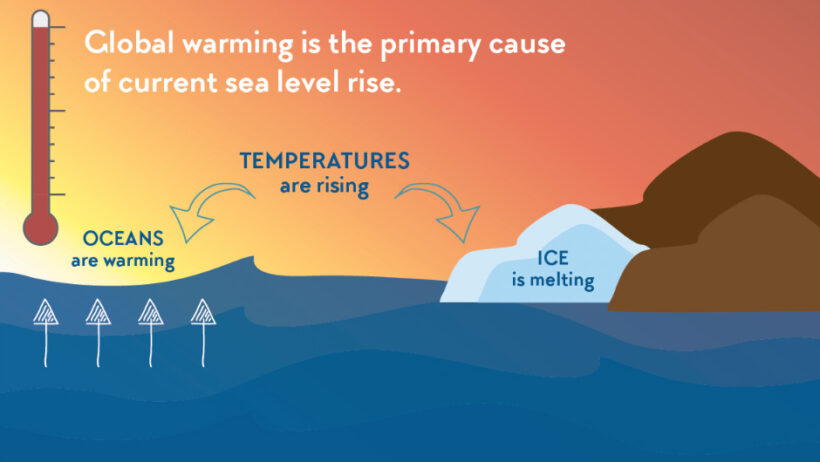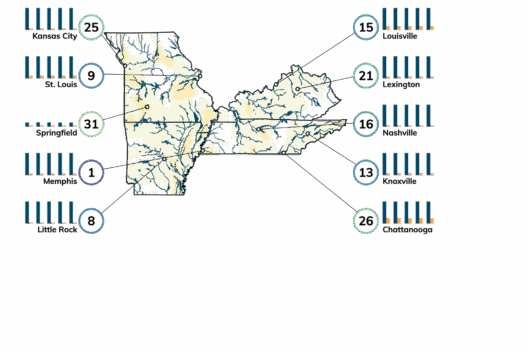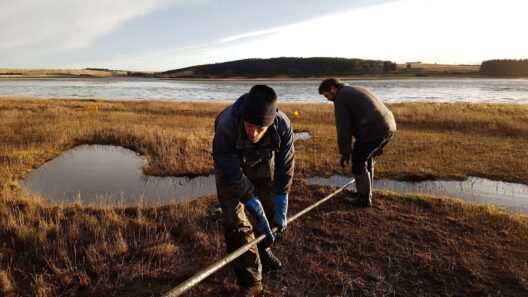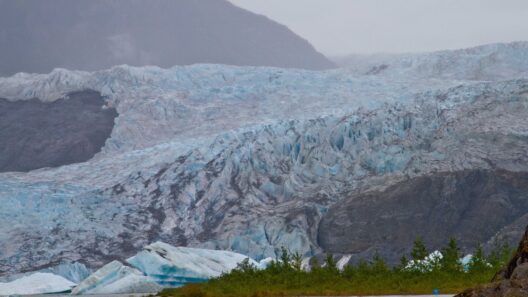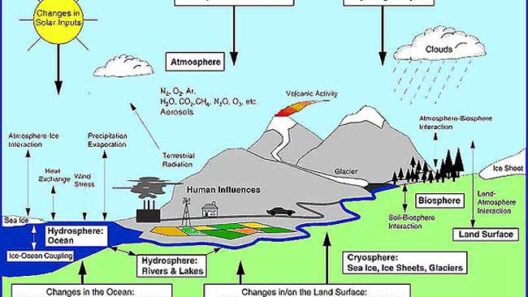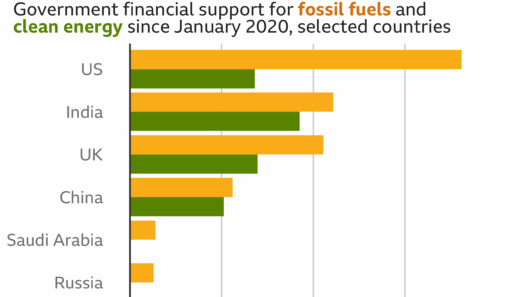As we stroll along the picturesque shores, we might ponder an intriguing question: what if the very sands beneath our feet vanished into the abyss? The relentless march of sea level rise, driven by the indomitable forces of global warming, has positioned coastal communities on the precipice of a crisis that is both profound and troubling. This phenomenon, exacerbated by anthropogenic climate change, threatens to reshape our coastlines and transform the lives of millions. Understanding the complexities of this issue is crucial for anyone who values our planet and its inhabitants.
To grasp the ramifications of sea level rise, we must first consider its causes. The primary drivers include thermal expansion and the melting of polar ice sheets and glaciers. As global temperatures elevate, ocean water warms—a process known as thermal expansion—causing it to occupy more space. Concurrently, the Greenland and Antarctic ice sheets are shedding mass at an accelerated pace. Satellite data reveals alarming rates of melt, contributing significantly to rising sea levels. Additionally, glaciers worldwide are retreating, further augmenting this perilous trend.
Statistics provide a stark illustration of this crisis. According to the latest assessments from climate scientists, global sea levels have risen approximately 8 to 9 inches since the late 19th century. Projections indicate that if current trends persist, an additional 1 to 4 feet could inundate coastal areas by the end of this century. This relentless rise poses significant challenges for coastal cities, ecosystems, and communities that rely on these habitats for their livelihoods.
Coastal regions are often referred to as the frontline in the battle against climate change. These areas, home to over a billion people, are situated near vulnerable shorelines that face distinct threats. Rising seas can lead to saltwater intrusion, endangering freshwater supplies and agriculture. Moreover, as we witness more frequent and severe storm surges, these regions become increasingly susceptible to flooding, erosion, and infrastructure damage. Urban centers like Miami, New Orleans, and New York City are now grappling with the tangible consequences of climate change as high tide events push seawater into streets and subways.
Furthermore, the economic impacts of this crisis cannot be overstated. Coastal properties are at risk of devaluation, and insurance premiums may soar as insurers grapple with the increasing likelihood of catastrophic events. The threat of displacement looms large, with entire communities facing the prospect of migration—an occurrence that raises significant ethical and logistical implications. Where will these individuals go? What challenges will they encounter in seeking refuge from rising waters? The consequences are profound, particularly for vulnerable populations who may lack the resources to adapt or relocate.
Ecologically, the ramifications are just as severe. Coastal ecosystems, such as mangroves, salt marshes, and coral reefs, serve as natural buffers against storms while providing habitats for innumerable species. However, as sea levels rise, these ecosystems are increasingly jeopardized. Mangroves, which act as critical nurseries for fish and numerous wildlife; coral reefs, which support marine biodiversity; and wetlands, which filter pollutants and provide essential ecosystem services, all face significant upheaval. The loss of these habitats could lead to devastating declines in biodiversity, with ripple effects that extend far beyond coastal zones.
Amidst these challenges, innovative solutions emerge, offering a glimmer of hope as societies grapple with the existential threat posed by sea level rise. Adaptation strategies can take various forms, from implementing green infrastructure to enhancing coastal defenses. Elevating homes, constructing seawalls, restoring wetlands, and investing in sustainable coastal planning are just a few examples of approaches that can mitigate impacts. These strategies, however, require substantive engagement from communities, governments, and organizations to be effective.
Moreover, it’s crucial to emphasize the importance of global cooperation in addressing this crisis. Climate change knows no borders, and the repercussions of rising seas will affect nations worldwide. International agreements and collaborative efforts to reduce greenhouse gas emissions are essential in the fight against climate change. Renewable energy initiatives, reforestation, and sustainable agricultural practices all play a critical role in curbing the underlying causes of global warming, thus addressing the root of the problem.
As we confront the challenge of sea level rise, our response must be multifaceted. Advocacy for policies that prioritize resilience, conservation, and sustainability is paramount. Communities must engage in dialogues about climate change, seeking to elevate awareness and empower individuals to take action. For instance, community-based adaptation projects can provide localized solutions to rising seas while fostering stronger social ties.
The coastal crisis is indeed daunting, yet it serves as an opportunity for learning, innovation, and resilience. As we navigate this uncharted territory, our collective actions will determine the future of our coastal landscapes and the well-being of countless individuals who call them home. While the tides may rise, our resolve must grow stronger—a testament to our ability to adapt and thrive amidst adversity.
Ultimately, the question we must confront is not merely about how high the waters will rise, but what steps we are prepared to take to safeguard our planet and its inhabitants. The time for action is not tomorrow; it is now. Our fate is intertwined with the environment, and it is our responsibility to protect it for future generations. Will we rise to the challenge?



